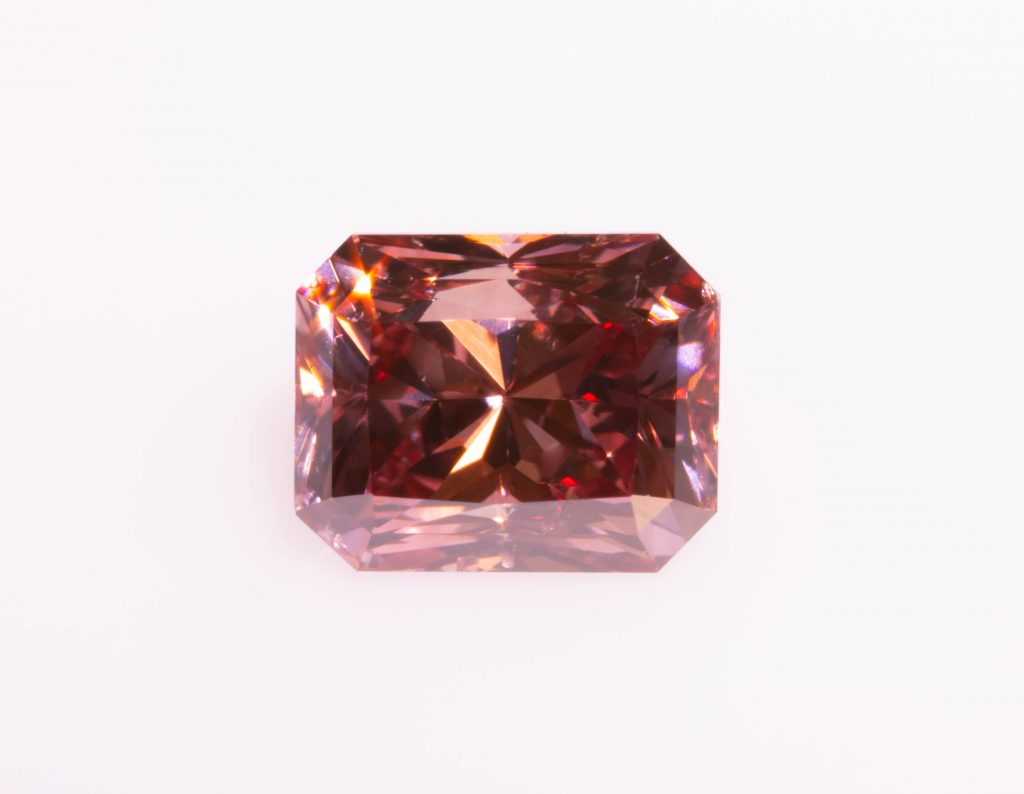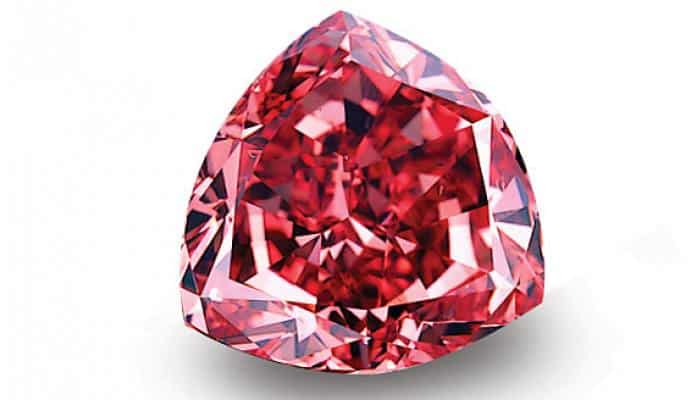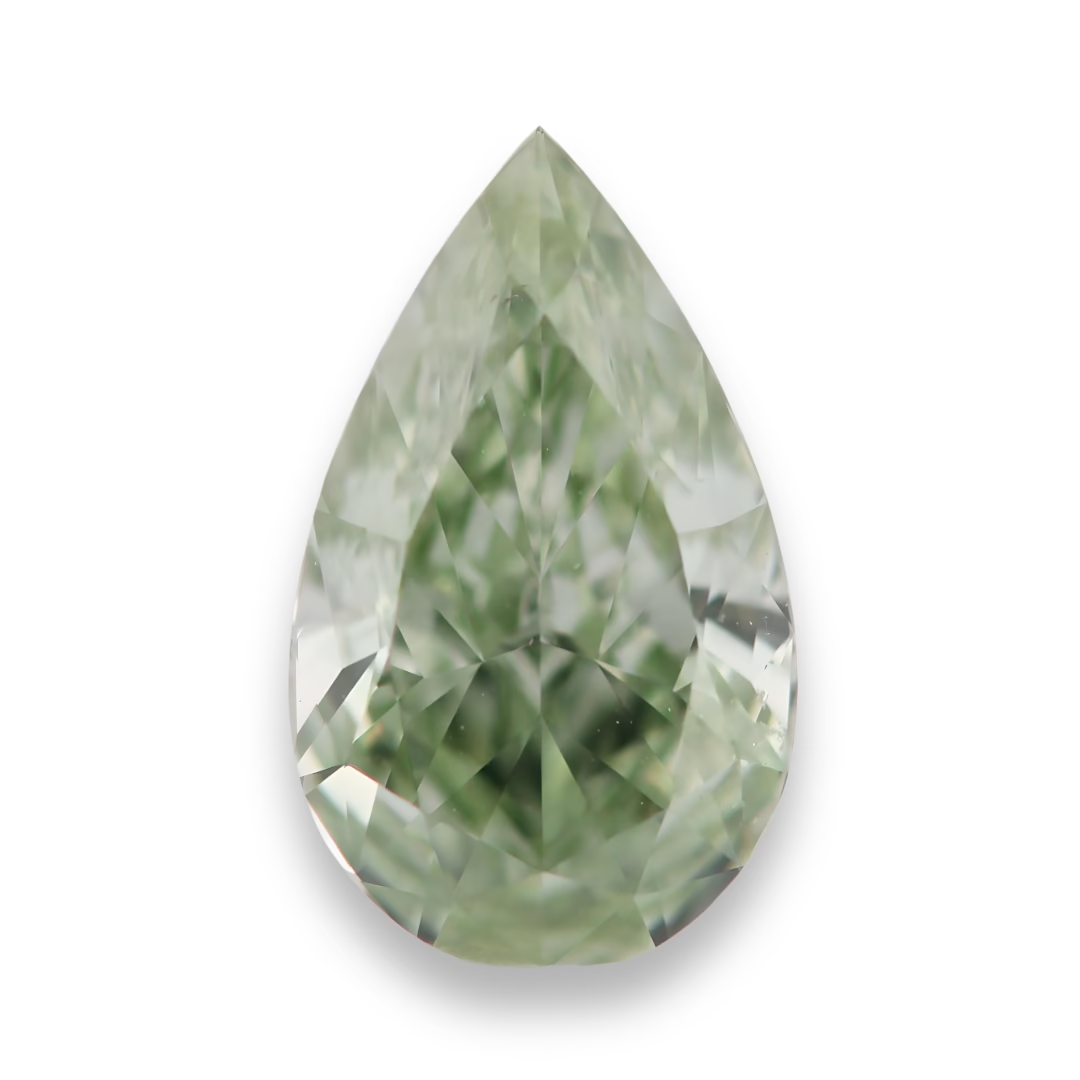Red diamonds are considered mysterious in the family of colored diamonds. These are the rarest diamonds in the world, which fetch higher prices per carat in the global markets. The largest red diamond that exists today is only 13.90 carats. Although they are not impressive in terms of size, these diamonds attract people for their unique color and luscious attractiveness.
Like other fancy color diamonds, red ones exhibit a unique color, which is due to natural alternations in their structure below the earth’s surface. Various unique factors cause the appearance of red color in these gemstones. Besides the color, red diamonds have similar properties to regular diamonds, such as the hardness and strength.
In today’s article, we will talk about the history of red diamonds, their origin, and rarity. Make sure you read this post thoroughly so that you have all the essential information and get the most out of it. Read on!
Where Do Red Diamonds Come From?
The scientific community is researching red diamonds for a few decades, but they still have not made any conclusion regarding the exact source of these diamonds. However, most researchers believe that red diamonds came into existence in the same way as the pink diamonds.
During the formation of the diamond, a process known as plastic deformation occurred that caused the crystal lattice structure of the stone. The process led to the displacement of some atoms as the stones moved up through their kimberlite deposit.
Here, the intense pressure caused the varying shades of red to appear. Although this is a theory and has little or no practical evidence, it is the most accepted view on red diamonds among the scientific community.
Some researchers believe that red diamonds are dark variations of the pink diamonds. They also believe that red diamonds can undergo modifications by the secondary colors giving rise to variations in color.
Moreover, it is possible to produce a red color by irradiating a colorless diamond using high-energy particles. The process also involves annealing them at higher temperatures and pressures. Anyway, the majority of these diamonds come from a mine called zs mine, which is in Western Australia.
Rio Tinto is a world-renowned company that controls the operations of Argyle mine. The mine is also popular for other colored diamonds such as brown, violet, blue, and pink diamonds.
Furthermore, red diamonds also come from mines in Russia, India, and Brazil. Some geologists think that the geological formation of these regions might have caused the appearance of red color. That’s why these are different from the diamonds found in South Africa, Sierra Leone, Botswana, and Canada.
The History of Moussaieff Red Diamond
According to different reports published on the internet, a farmer in Brazil found a red diamond in the 1990s, which weighed 13.90 carats. Research shows that this gemstone was formed in alluvial deposits. New York’s Diamond Corporation bought this deep color red diamond.
The corporation is famous for processing beautiful gemstones like Premier Rose and the Guinea Star. The company cut the diamond into a triangular shape, and due to this, it lost 8.79 carats. However, the transformation yielded amazing results.
Later on, they named the diamond “the Red Shield,” until Moussaieff Jewelers bought it in the early 2000s. You will be amazed to know that this diamond was sold for $8 million. The diamond was displayed two times at the Natural History Museum in Washington, D.C.
Also, the “Splendor of Diamonds” featured it in an exhibition on June 2 to September 30, 2003, alongside gemstones like the Pumpkin diamond, the Ocean Dream, the Heart of Eternity, and the Millennium star. In 2005, the red Moussaieff diamond was featured in another exhibition.
Red diamonds are rare, and experts estimate that for each one million carats, one carat of red diamonds emerges. According to the Cape Town Diamond Museum, there are less than 30 red diamonds discovered to date, and one of them is the red Moussaieff diamond.
Remember, most of these gemstones weight less than half a carat. It is the Moussaieff diamond that originally weighed 13.90 carats, making it the most expensive diamond in the world.
Other Forms of Red Diamond
There is not much information or research evidence about the second-largest red diamond after the Moussaieff. However, a few geological studies have shown that in 1927, an emerald-cut stone that weighed 5.05 carats was discovered in South Africa, but the original location of this red diamond is still unknown.
The De Young Red diamond is considered one of the largest stones among the red diamonds. It weighs 5.03 carats, and this diamond is round in shape with a slightly brownish tint. The interesting thing to note is that the misleading hue caused the diamond to be sold as a garnet. Anyway, the Smithsonian Natural History Museum owns the diamond.
Moreover, another red diamond known as the Halphen Red or Hancock Red diamond weighs 0.95 carats. The Hancock diamond is one of the rarest and popular gems in the world due to its purplish-red hue. Remember, the purplish-red diamonds are usually more expensive than other variations.
Warren Hancock bought the Halphen Red diamond in 1956 for $13,500. In 1987, it was purchased for $880,000. As you can see, the price almost increased exponentially in 31 years.
Furthermore, the Rob Red is another diamond in this category, and the interesting feature of this stone is its availability in a pear shape. The weight of the Rob Red is only 0.59 carats. According to the Cape Town Diamond Museum, the Rob Red boasts an incredible VS1 clarity, which makes it the purest of the pure.
Final Words
Red diamonds are highly prized throughout the world for their uniqueness and rarity. A gem-quality red diamond can cost millions of dollars. Both natural and synthetic red diamonds are treated to produce a red color, which is typically done with irradiation followed by coating or annealing.
In this post, we have told you about the origin, history, and rarity of red diamonds. If you are looking for an affordable red diamond, you can buy a synthetic one. On the other hand, if you want something durable, authentic, with high value, go for an original, natural diamond.






